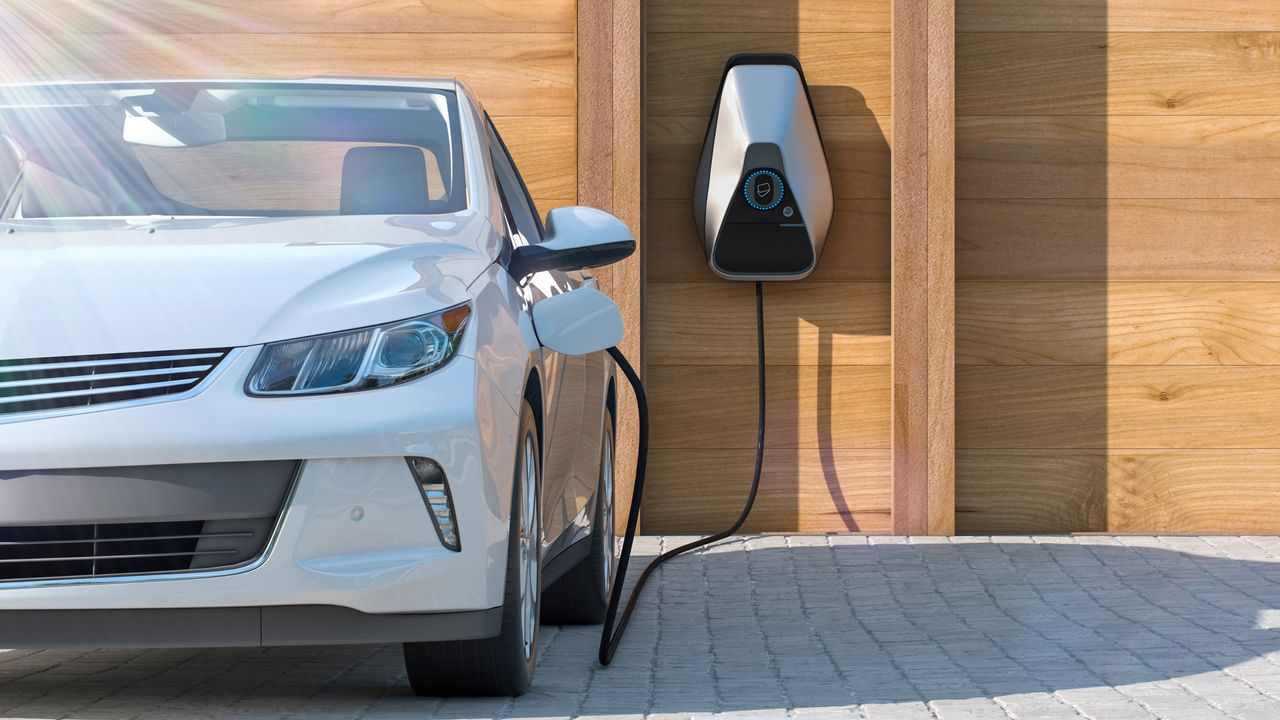Fast Charging vs. Slow Charging: The Battle for Electric Vehicle Charging
When it comes to electric vehicles (EVs), one of the biggest concerns for potential buyers is the charging time. After all, who wants to wait for hours to get their car fully charged? This has led to a debate between fast charging and slow charging, with proponents on both sides arguing for their preferred method. In this article, we will explore the pros and cons of fast charging and slow charging, as well as the future of charging infrastructure.
The Need for Speed: Fast Charging
Fast charging, as the name suggests, offers a significantly shorter charging time compared to slow charging. With fast charging, you can get your EV charged up to 80% in as little as 30 minutes, depending on the charging station and the vehicle’s battery capacity. This is a game-changer for long-distance travel, as it allows drivers to quickly recharge their vehicles and continue their journey.
One of the main advantages of fast charging is its convenience. With a growing number of fast charging stations available, EV owners can easily find a station and get a quick top-up while running errands or taking a short break. This makes fast charging a viable option for those who rely on their vehicles for daily commutes or frequent travel.
However, fast charging does come with some drawbacks. The high-power charging required for fast charging can put stress on the battery, potentially reducing its lifespan over time. Additionally, fast charging stations are more expensive to install and maintain compared to slow charging stations, which can limit their availability in certain areas.
Slow and Steady: Slow Charging
Slow charging, on the other hand, refers to the traditional method of charging an EV using a standard household outlet or a Level 2 charging station. This method typically takes several hours to fully charge an EV, depending on the battery capacity and the charging rate.
The main advantage of slow charging is its affordability. Since most EV owners can charge their vehicles at home overnight, there is no need for expensive charging infrastructure. This makes slow charging a cost-effective option for those who primarily use their EVs for daily commuting or have access to charging facilities at their workplace.
Furthermore, slow charging is gentler on the battery, which can help prolong its lifespan. By charging at a slower rate, the battery is subjected to less heat and stress, reducing the potential for degradation over time.
The Future of Charging Infrastructure: Ultra-Fast Charging
As EV adoption continues to grow, the demand for faster charging options is becoming more apparent. This has led to the development of ultra-fast charging technologies that promise even shorter charging times.
Ultra-fast charging, also known as high-power charging, utilizes higher voltage and power levels to achieve rapid charging speeds. These charging stations can deliver up to 350 kW of power, significantly reducing charging times compared to both fast and slow charging methods.
While ultra-fast charging shows great promise, there are still challenges that need to be overcome. The high power levels required for ultra-fast charging necessitate significant upgrades to the electrical grid, making widespread implementation a complex and costly endeavor. Additionally, the increased power levels can put even more stress on the battery, potentially impacting its longevity.
In Conclusion
Both fast charging and slow charging have their advantages and disadvantages. Fast charging provides convenience and shorter charging times, making it ideal for long-distance travel. On the other hand, slow charging offers affordability and gentler charging, which can benefit the battery’s lifespan.
As the EV industry continues to evolve, it is likely that we will see a combination of fast charging, slow charging, and ultra-fast charging options to cater to different needs and situations. The future of charging infrastructure will be shaped by advancements in technology, improvements in battery efficiency, and the availability of charging stations.
